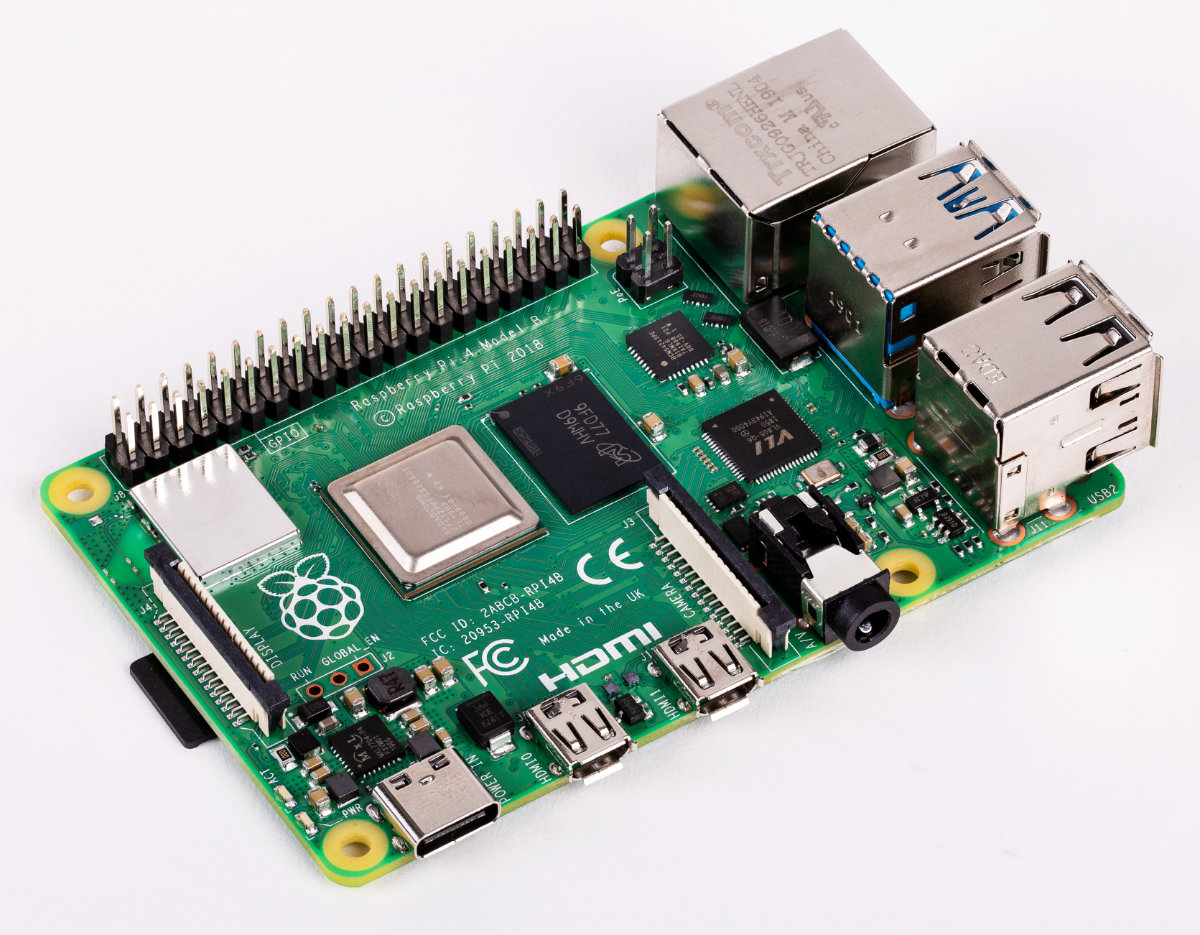
- #Raspberry pi what file system for usb drive format 4 tb how to#
- #Raspberry pi what file system for usb drive format 4 tb drivers#
Optionally, if you want to get ssh access to the host and manually verify that the udev rule will land in the right place, also add the authorized_keys file in the root of the USB key, containing your ssh public key, but this is not strictly required. In that case you have to modify the rule (as per in line comments) to exclude that USB drive you are already using from the rule (see lines #24 and #50) You don’t have to modify it UNLESS you have an advanced setup that boots from USB. Then create a folder on that partition called udev and in that create a file called les with the content of the linked gist. Once done this is no longer required, so you could use the same medium you will use later to store your media, or even a ancient old USB key with 32MB since you need this just for a text file.Īs per the documented Hassio way to pre-load config, format the USB key (I did it in ext4) and give it CONFIG as label (this is important). You need a USB key just for the initial configuration. It’s actually simpler than you have described (and there might be other ways but I’ve never managed to have HASSIO use the alternative method to load config, the one with the CONFIG folder). This approach works just fine for me, but I would expect it could even leave room for more advanced ones, that could employ a more granular logic in separating devices, subfolders and mount points. I had ssh already enabled, but when I’ve imported the udev rules I had only those on the USB key with a CONFIG partition, and lacking to re-include an authorized_keys costed me access to ssh it seems that the lack of the file overwrites authorized_keys remove a possible already configured file. Just a personal reminder, since I’ve stumbled on this: you probably also need to remember to include the correct authorized_keys file with your public key!
#Raspberry pi what file system for usb drive format 4 tb how to#
The documentation on Hassio side, on how to import udev rules is here: He/she does a great job at documenting the intention of the rule and the meaning of all the sections of it. To give even more credit to the author of the udev rules, he/she did a great job filtering out eventual USB keys with labeled CONFIG, to avoid messing with devices that are used only to import configuration in Hassio. I’ve even combined this with the original Samba Share addon, and it works just fine since that extension exposes also the media folder and my USB key is now mounted there.
#Raspberry pi what file system for usb drive format 4 tb drivers#
Using Linux udev subsystem, change the default rule for automount of USB drivers so that the drives will be mounted under /mnt/data/supervisor/media/ which is visible in the containers that Hassio handles. The idea is very interesting and is the following: If the partition does not have a name, then the following # per partition under the media directory. # When a USB drive is connected to the board, the rule creates one directory

# into the Hassio media directory (/mnt/data/supervisor/media). # Created for Home Assistant OS, this rule mounts any USB drives # Mount USB drive to the media directory using the partition name as mount point The author of this solution is someone called eklex that has left this gist on Github: les # Today I’ve found a new way that I don’t seem to see already documented on the forum to solve this issue.

(Mount external disk and share it ) but this has the limit that most the remaining part of the system, including the other addons, do not support samba addressing.

ditch Hassio altogether so that you are in total control and you can tweak the docker volumes.On the forum I’ve found the following approaches: I was browsing the forum to find a solution to the often asked feature of using external USB drives in Hassio for media (or even other) features.


 0 kommentar(er)
0 kommentar(er)
